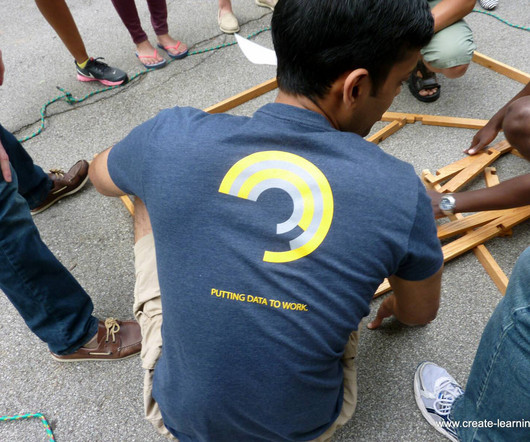Maximizing Organization Development: Understanding the Science Behind Effective Managerial-Leadership and Team Performance
Mike Cardus
FEBRUARY 27, 2023
Several factors, such as the Hawthorne effect, consistency of management, implicit leadership theories, and personality traits, play a vital role in the success of organizational development. The Hawthorne Effect The Hawthorne effect shows that people will alter their behavior when being watched.












Let's personalize your content